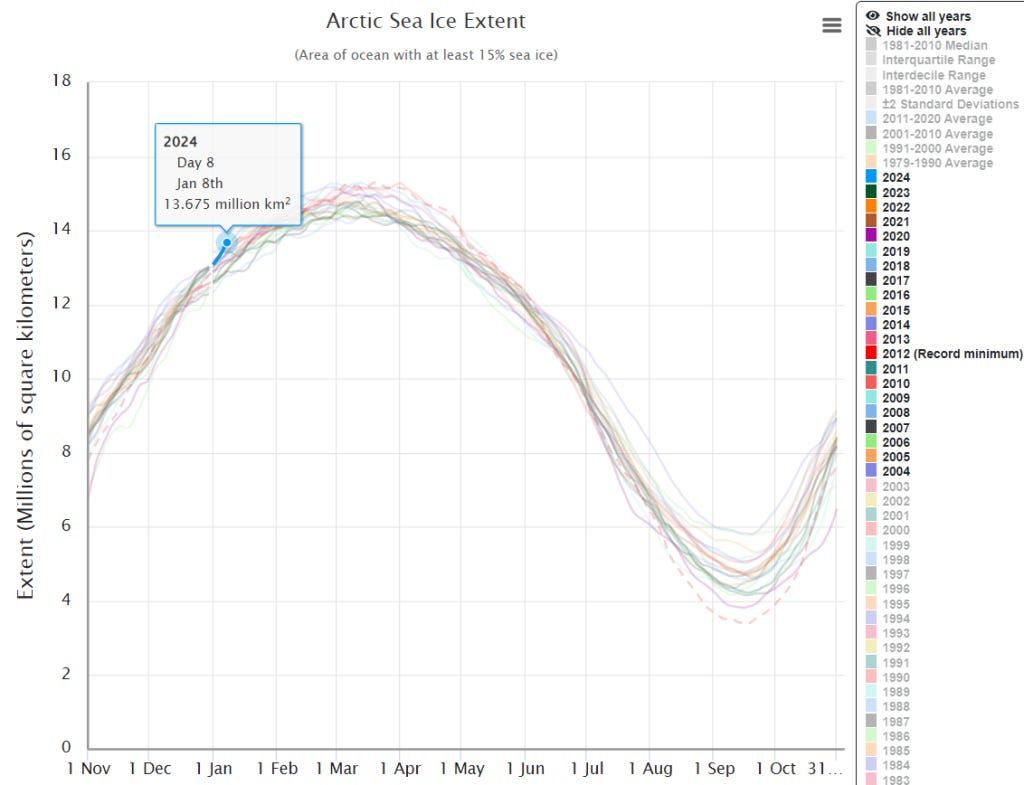by GWPF, Feb 13, 2024
London, 13 February – The UK Met Office has been accused of seriously misleading the public about climate-driven storms in the UK.
On 22nd January, the day after Storm Isha, a senior meteorologist from the Met Office stated on BBC Radio 5 Live Breakfast that “when we see these storms they are more intense and that’s down to climate change”.
However, after being challenged through a FOI request to provide evidence for the claim that storms have become more intense, the Met Office was forced to admit they have no such evidence.
In its response, the Met Office also referred to its own UK Storm activity report which clearly states that “there is no compelling trend in maximum gust speeds recorded in the UK since 1969.”
We call on the Met Office to publish a full retraction of what is evidently a false and misleading claim.
NOTES FOR EDITORS
Met Office: Recent trends and future projections of UK storm activity: “This report found that there is no compelling trend in maximum gust speeds recorded in the UK since 1969, measured as the number of days more than 20 weather stations recorded gust speeds above 40, 50 or 60 knots.”
Met Office: State of the UK Climate 2022 (page 47): “Storm Eunice [in 2022] was the most severe storm to affect England and Wales since February 2014, but even so, these storms of the 1980s and 1990s were very much more severe.”
Paul Homewood: Met Office cannot provide evidence for “more intense storms” claim













